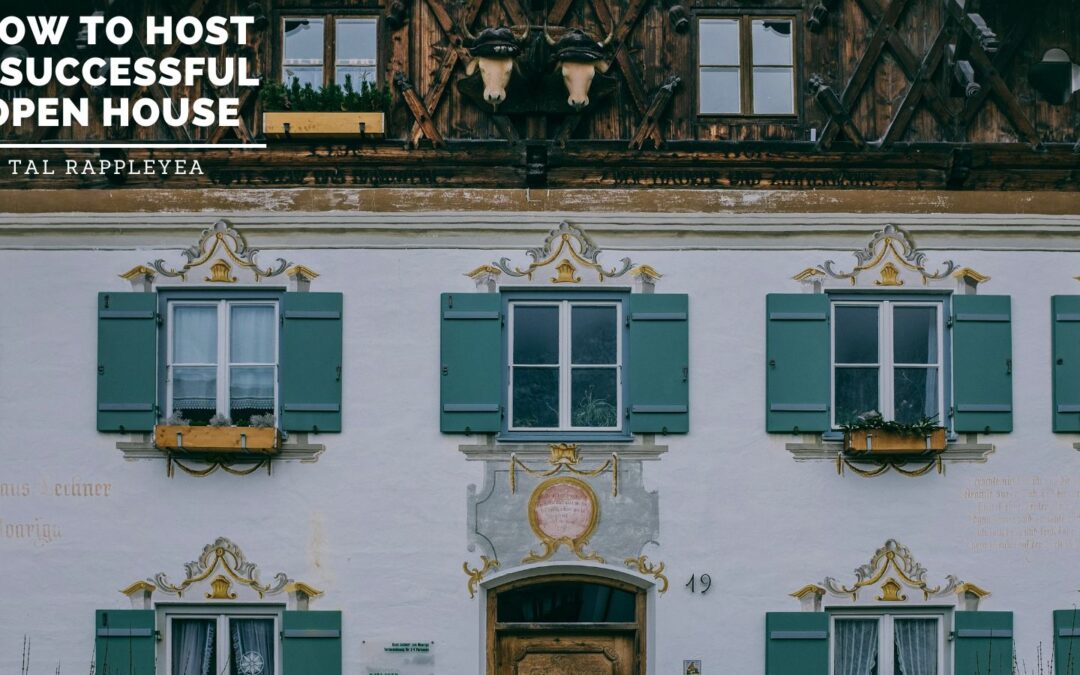Hosting an open house can be a pivotal step in selling your property. It’s more than just opening your doors to potential buyers; it’s about creating an environment where they can envision building a life. A successful open house involves strategic planning, impeccable presentation, and effective marketing. It’s a unique opportunity to showcase your home’s best features and make a lasting impression.
Whether you’re a first-time seller or a seasoned real estate professional, the key is to navigate the nuances of hosting an open house that’s both effective and rewarding. From creating a welcoming atmosphere to handling the post-event follow-up, every detail counts in making your open house a resounding success.
The concept of an open house has evolved significantly over the years. Traditionally, open houses were informal events where neighbors and interested buyers could casually explore a listed property. However, in today’s competitive real estate market, open houses have become sophisticated marketing tools. They offer a chance to showcase the home in a controlled, attractive setting. The importance of an open house in the selling process cannot be overstated. It provides a platform for buyers to physically interact with the space, something that online listings can’t fully replicate. This physical interaction often plays a crucial role in the buyer’s decision-making process.
In recent years, the rise of virtual tours and online marketing has changed the dynamics of open houses. While digital tools offer convenience and a broader reach, they can’t replace the tactile and emotional connection a physical walkthrough provides. Furthermore, open houses serve as a valuable feedback mechanism. Sellers and real estate agents can gauge reactions, gather opinions, and adjust their selling strategies based on direct observations and interactions with visitors. This immediate feedback is vital for making necessary adjustments to the home’s presentation or price.
Staging Your Home
Staging your home for an open house is an art. It’s about striking the perfect balance between lived-in comfort and aspirational living. The goal is to help potential buyers visualize themselves in the space, making it feel welcoming and spacious. Decluttering is essential. Removing personal items, such as family photos, religious symbols, and eclectic decor, creates a neutral canvas that appeals to a wider audience. Next, focus on maximizing space and light. This can be achieved by rearranging furniture to create open walkways and using mirrors to reflect natural light. The aesthetics of your home play a significant role. Neutral colors for walls and furnishings are generally preferred as they make spaces appear larger and more inviting. However, adding a few tasteful accent pieces can give the home character without overwhelming the senses.
Effective Marketing Strategies
Successful marketing is crucial for a well-attended open house. In the digital age, online presence is paramount. Start by listing your property on popular real estate platforms and leverage social media to increase visibility. High-quality photographs and virtual tours can significantly enhance your online listing, making it more appealing to potential buyers. However, don’t underestimate the power of traditional marketing methods. Eye-catching yard signs, neighborhood flyers, and local newspaper ads can attract local buyers who might not be actively searching online.
Networking with local real estate agents can also be beneficial. Inviting them to a private viewing before the public open house can lead to word-of-mouth promotion among their client base. Timing your open house strategically is also important. Weekends, particularly Sunday afternoons, are traditional, but consider your target demographic and community calendar to pick a time that maximizes attendance. Hosting unique themed open houses, like a wine and cheese evening, can make your event stand out. It’s also essential to provide detailed property information and brochures for visitors to take home. This serves as a reminder and provides a professional touch to your presentation.
Ensuring a Memorable Visitor Experience
The visitor experience during an open house can leave a lasting impression. Greeting visitors warmly and providing guided tours can help establish a personal connection. Be prepared to answer questions about the property, neighborhood, and local amenities. However, giving guests space to explore independently and discuss freely without feeling pressure is also important. Ensure that the property is safe and accessible for all visitors. This includes clear signage for any off-limits areas and taking precautions for potential hazards. Offering refreshments can make the experience more pleasant and give visitors more reason to linger and envision themselves living in the home. Simple, non-messy snacks and beverages are usually the best choices.
Informational handouts with details about the property, including floor plans, community information, and any recent upgrades or improvements, are extremely helpful. This not only aids in their decision-making process but also reflects a well-organized and professional approach. Gathering visitor information for follow-up is crucial. A sign-in sheet where visitors can leave their contact details and feedback provide an opportunity for further engagement after the open house. This follow-up can be instrumental in garnering offers or gaining insights for future improvements.
Hosting a successful open house is a multifaceted endeavor. It requires meticulous planning, from staging your home to implementing strategic marketing and ensuring an exceptional visitor experience. Remember, an open house is more than just a showcase of a property; it’s an opportunity to connect with potential buyers and leave a lasting impression that could ultimately lead to a sale. Every detail counts, from the cleanliness of the space to the warmth of your welcome. It’s about creating an environment where visitors can imagine themselves living and thriving. Utilizing a mix of traditional and digital marketing strategies can significantly increase the visibility of your open house, drawing in a diverse range of potential buyers.
